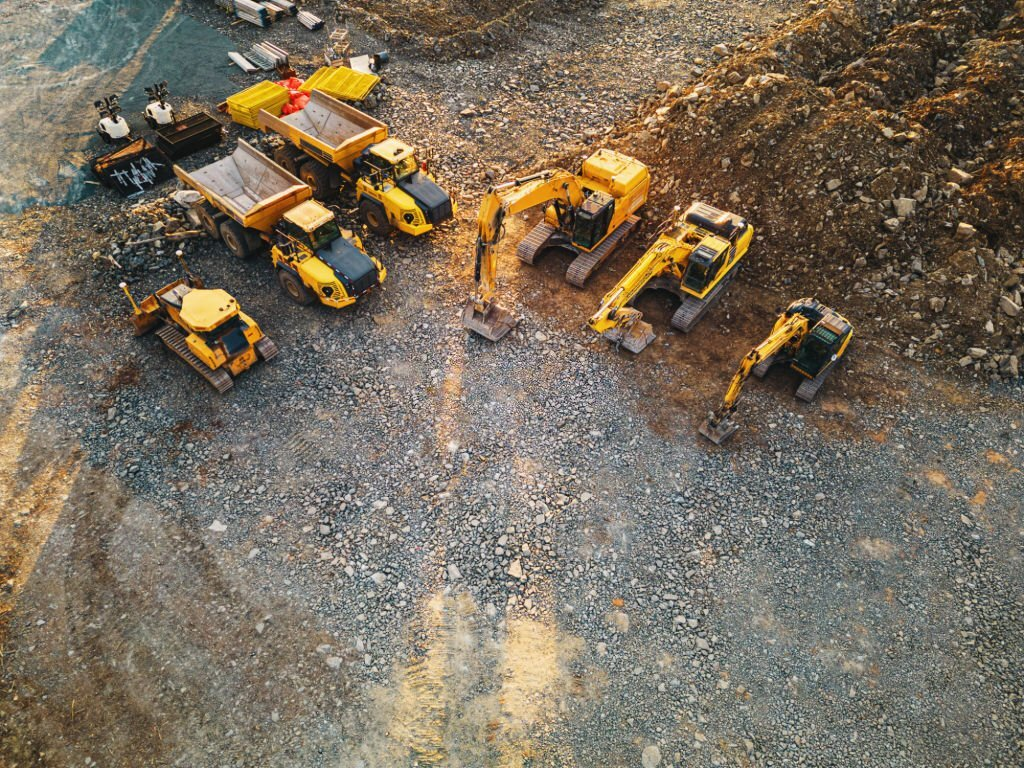
Introduction
Heavy equipment encompasses a vast array of machinery designed for various industrial applications. Among these, tractors stand out as versatile and essential machines, but how do they differ from other types of heavy equipment? In this article, we’ll delve into the key distinctions that set tractors apart, shedding light on their functions, design, and unmatched versatility in a range of industries.
1. Function and Purpose:
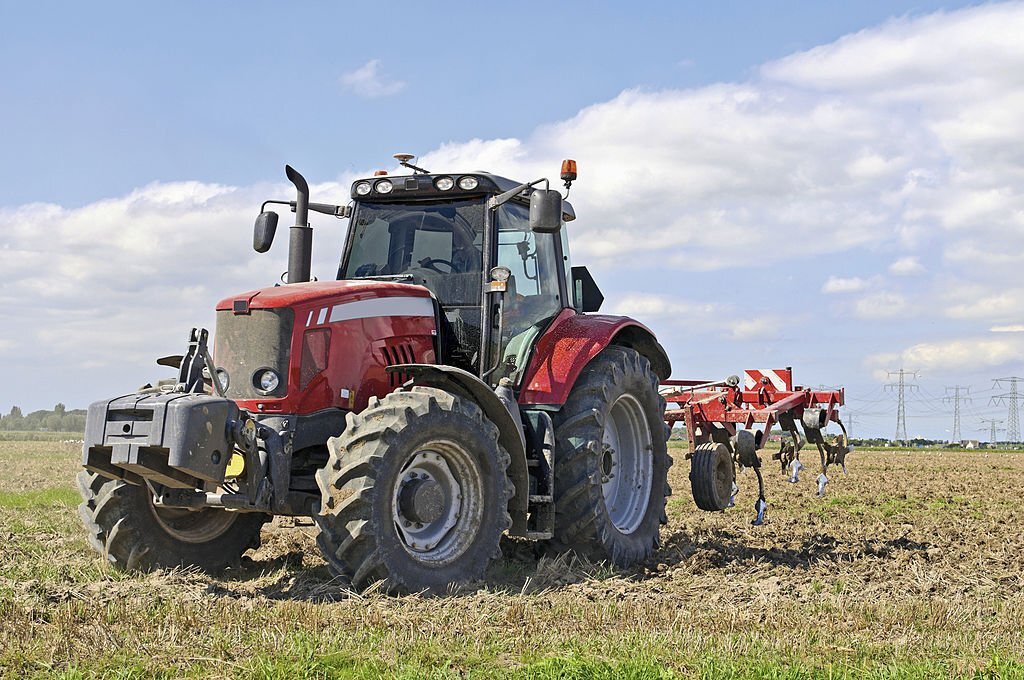
- Tractors: Tractors are primarily known for their power to pull and tow heavy loads. They are commonly used in agriculture for plowing, planting, and harvesting. Tractors are also employed in construction, forestry, and transportation for various tasks, including grading, land clearing, and hauling.
- Other Heavy Equipment: Other heavy equipment, such as excavators, bulldozers, and cranes, typically have more specialized functions. Excavators are designed for digging and trenching, bulldozers for earthmoving, and cranes for lifting heavy objects. While these machines can be powerful and versatile in their own right, their primary functions are more specific compared to tractors.
2. Design and Features:
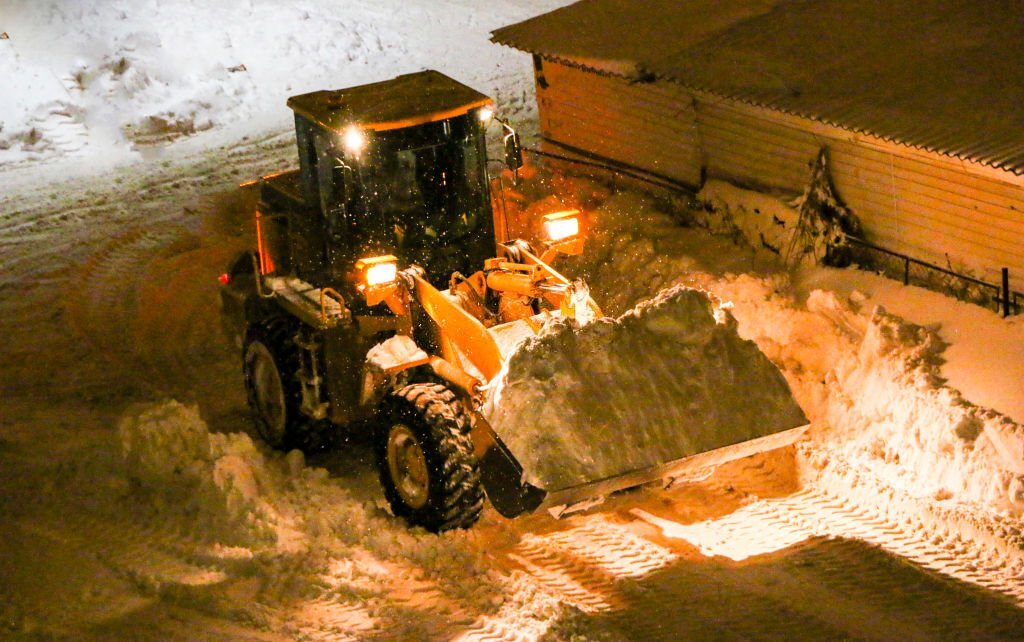
- Tractors: Tractors are characterized by their front wheels or tracks and a rear hitch or power take-off (PTO). They are designed to provide the necessary power and traction for pulling and operating various attachments, making them adaptable to a wide range of tasks. Tractors often have a relatively simple and open cab design, suitable for long hours of operation in agricultural settings.
- Other Heavy Equipment: Machines like excavators and bulldozers have specialized designs tailored to their primary functions. Excavators have a rotating platform and hydraulic arm with attachments, while bulldozers feature large blades for grading and pushing soil. Cranes have complex lifting systems. These machines typically have enclosed cabs with advanced controls to operate their specialized equipment.
3. Versatility:
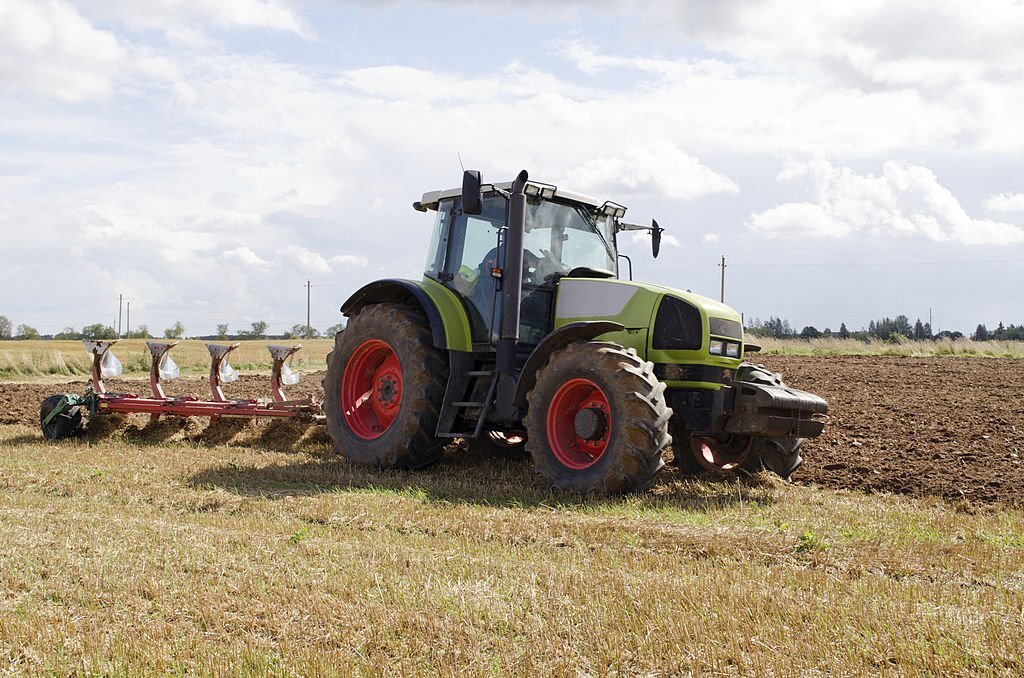
- Tractors: Tractors are celebrated for their versatility. They can be used for agricultural purposes, road construction, landscaping, and more. With the right attachments, a tractor can perform a wide array of tasks, making it a highly adaptable piece of heavy equipment.
- Other Heavy Equipment: While other heavy equipment machines excel in their specialized roles, they may have limited versatility outside of their primary functions. Excavators, for instance, are exceptional at digging but are less effective for tasks like plowing fields or transporting goods.
Estimated Price Range For Tractor
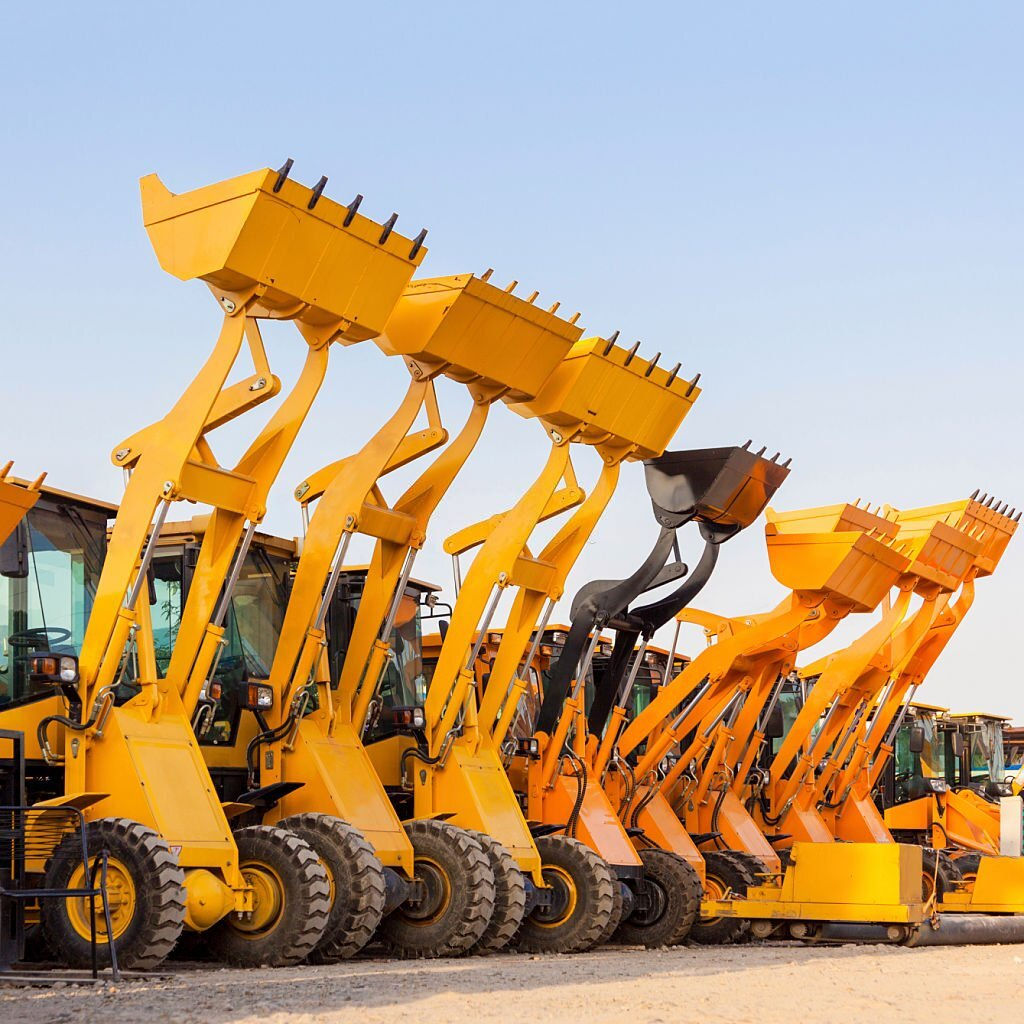
The price range for tractors can vary widely based on several factors, including the type of tractor, its size, brand, age, condition (new or used), and any additional features or attachments. Here’s a general estimated price range for different types of tractors:
- Compact Tractors:
- New compact tractors: $10,000 to $50,000 or more, depending on size and features.
- Used compact tractors: $5,000 to $20,000, depending on age and condition.
- Utility Tractors:
- New utility tractors: $20,000 to $100,000 or more, depending on size and features.
- Used utility tractors: $10,000 to $50,000 or more, depending on age and condition.
- Row-Crop Tractors:
- New row-crop tractors: $50,000 to $500,000 or more, depending on size and features.
- Used row-crop tractors: $30,000 to $300,000 or more, with prices influenced by age and condition.
- Specialty Tractors:
- New specialty tractors: $20,000 to $100,000 or more, depending on features and intended use.
- Used specialty tractors: Starting at around $10,000, prices go up based on features and condition.
- Construction Tractors (Bulldozers):
- New bulldozers: $100,000 to several million dollars, depending on size and features.
- Used bulldozers: Starting at around $30,000, but prices can be much higher based on size and condition.
Please note that these are approximate price ranges, and actual tractor prices can vary significantly based on factors such as the brand, model, location, and current market conditions. Additionally, well-known and reputable brands often come with a higher price tag than lesser-known brands.
When purchasing a tractor, it’s essential to consider your specific needs, budget, and intended applications. Consulting with local dealers or sellers is advisable to get accurate pricing information for the specific type and model of tractor you are interested in. Additionally, financing options and leasing arrangements may be available to help make the purchase more affordable for farmers and agricultural businesses.
You can also visit the Boom and Bucket website (boomandbucket.com/equipment) to find the best heavy equipment fit for your business or construction needs. Our online platform offers a wide selection of machinery, detailed specifications, and expert guidance to help you make informed decisions that align with your specific requirements. Explore our website today and discover the perfect heavy equipment solutions for your projects.
Conclusion
In the realm of heavy equipment, tractors are a unique and indispensable category. They differ from other heavy equipment in their versatility, adaptability, and the broad spectrum of tasks they can tackle. While excavators, bulldozers, cranes, and other specialized machines have their specific roles, tractors stand out as the Swiss Army knives of heavy equipment, ready to take on diverse challenges in agriculture, construction, forestry, and beyond.
Tractors may not have the same level of specialization as some other heavy equipment, but their ability to serve as the backbone of numerous industries makes them a vital and irreplaceable component in the world of machinery and technology.

